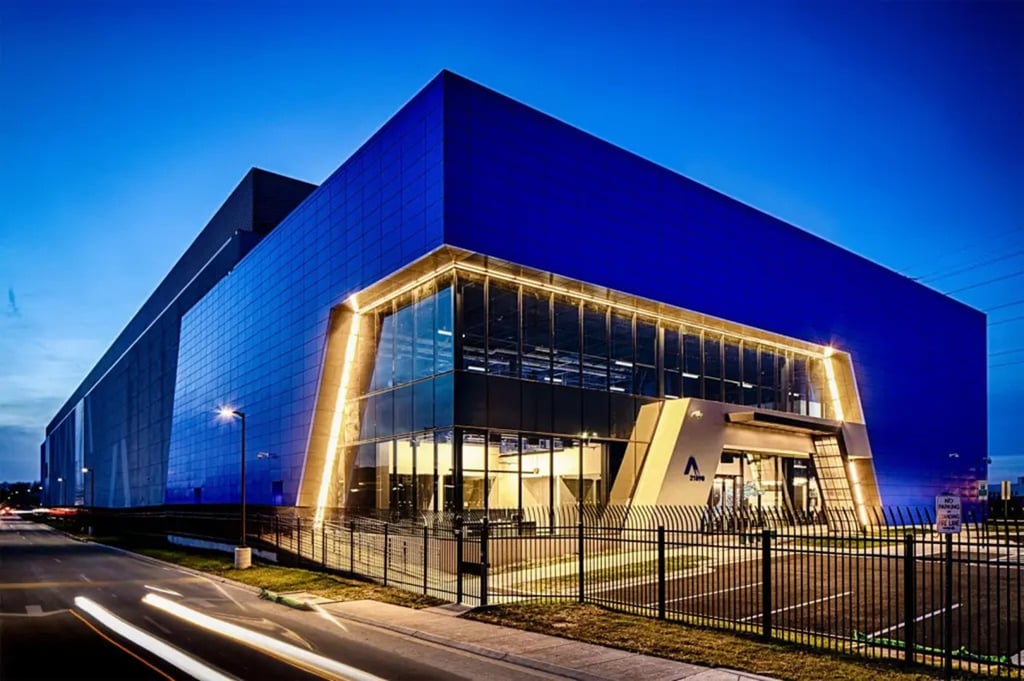Equipping bustling metropolises with cutting-edge tech like the Internet of Things (IoT) can be a big money-saving move, according to a new ABI Research study commissioned by InterDigital’s smart cities business, Chordant, in partnership with CA Technologies. Worldwide, smart city technologies can end up saving governments, businesses and inhabitants more than $5 trillion each year […]
Datamation content and product recommendations are
editorially independent. We may make money when you click on links
to our partners.
Learn More
Equipping bustling metropolises with cutting-edge tech like the Internet of Things (IoT) can be a big money-saving move, according to a new ABI Research study commissioned by InterDigital’s smart cities business, Chordant, in partnership with CA Technologies.
Worldwide, smart city technologies can end up saving governments, businesses and inhabitants more than $5 trillion each year by 2022, states the report. Those technologies include the IoT, artificial intelligence (AI), automation and data analytics.
The next five years may also see the rise of so-called “smart mega cities” with populations of around 10 million people. By studying 75 cities that currently have urban populations of more than five million people, ABI Research estimates that the governments operating smart mega cities can each save $4.95 billion a year by 2022, thanks to smart buildings, low-maintenance street lighting and other efficiency-boosting systems.
Enterprises can also benefit by being situated in a smart mega city. Smart factories, driverless trucks, drones and energy-efficient ways of transporting goods and delivering services can save a city’s businesses $14 billion a year, predicts the report.
Of course, a city is nothing without its people. And there’s some good news for the urbanites of the near future.
Smart meters, micro-grids and other modern approaches to critical infrastructure can help lower utility bills. Education systems that embrace physical and online solutions can also help citizens get the most out of their paychecks. In total, a smart mega city’s residents can expect to save $26.69 billion.
“While smart cities technologies offer multiple benefits, very significant direct cost savings represent a key incentive to embrace urban innovation for city governments, citizens and enterprises alike; this allows building stronger business cases with faster ROI [return on investment], facilitating project approval and accelerating deployments,” said ABI Research vice president Dominique Bonte, in a Dec. 5 announcement.
Some municipalities already have a head start.
A recent report from Verizon revealed that the telecommunications giant’s IoT connections in smart cities grew by 19 percent between 2016 and 2017. IoT connections in energy and utility companies jumped 41 percent during the same time.
Open-source technologies will also play a role in modernizing urban areas.
The open source software ecosystem provides the “necessary building blocks of smart cities,” according to a recent article from Datamation guest author Rami Sass. Adapting to public stakeholders that demand fast and friendly service and demonstrable innovations, coders will seek out open source solutions that help them keep pace with technology trends, shorten development cycles and save money.
Pedro Hernandez is a contributing editor at Datamation. Follow him on Twitter @ecoINSITE.
-
Huawei’s AI Update: Things Are Moving Faster Than We Think
FEATURE | By Rob Enderle,
December 04, 2020
-
Keeping Machine Learning Algorithms Honest in the ‘Ethics-First’ Era
ARTIFICIAL INTELLIGENCE | By Guest Author,
November 18, 2020
-
Key Trends in Chatbots and RPA
FEATURE | By Guest Author,
November 10, 2020
-
Top 10 AIOps Companies
FEATURE | By Samuel Greengard,
November 05, 2020
-
What is Text Analysis?
ARTIFICIAL INTELLIGENCE | By Guest Author,
November 02, 2020
-
How Intel’s Work With Autonomous Cars Could Redefine General Purpose AI
ARTIFICIAL INTELLIGENCE | By Rob Enderle,
October 29, 2020
-
Dell Technologies World: Weaving Together Human And Machine Interaction For AI And Robotics
ARTIFICIAL INTELLIGENCE | By Rob Enderle,
October 23, 2020
-
The Super Moderator, or How IBM Project Debater Could Save Social Media
FEATURE | By Rob Enderle,
October 16, 2020
-
Top 10 Chatbot Platforms
FEATURE | By Cynthia Harvey,
October 07, 2020
-
Finding a Career Path in AI
ARTIFICIAL INTELLIGENCE | By Guest Author,
October 05, 2020
-
CIOs Discuss the Promise of AI and Data Science
FEATURE | By Guest Author,
September 25, 2020
-
Microsoft Is Building An AI Product That Could Predict The Future
FEATURE | By Rob Enderle,
September 25, 2020
-
Top 10 Machine Learning Companies 2020
FEATURE | By Cynthia Harvey,
September 22, 2020
-
NVIDIA and ARM: Massively Changing The AI Landscape
ARTIFICIAL INTELLIGENCE | By Rob Enderle,
September 18, 2020
-
Continuous Intelligence: Expert Discussion [Video and Podcast]
ARTIFICIAL INTELLIGENCE | By James Maguire,
September 14, 2020
-
Artificial Intelligence: Governance and Ethics [Video]
ARTIFICIAL INTELLIGENCE | By James Maguire,
September 13, 2020
-
IBM Watson At The US Open: Showcasing The Power Of A Mature Enterprise-Class AI
FEATURE | By Rob Enderle,
September 11, 2020
-
Artificial Intelligence: Perception vs. Reality
FEATURE | By James Maguire,
September 09, 2020
-
Anticipating The Coming Wave Of AI Enhanced PCs
FEATURE | By Rob Enderle,
September 05, 2020
-
The Critical Nature Of IBM’s NLP (Natural Language Processing) Effort
ARTIFICIAL INTELLIGENCE | By Rob Enderle,
August 14, 2020
SEE ALL
DATA CENTER ARTICLES









